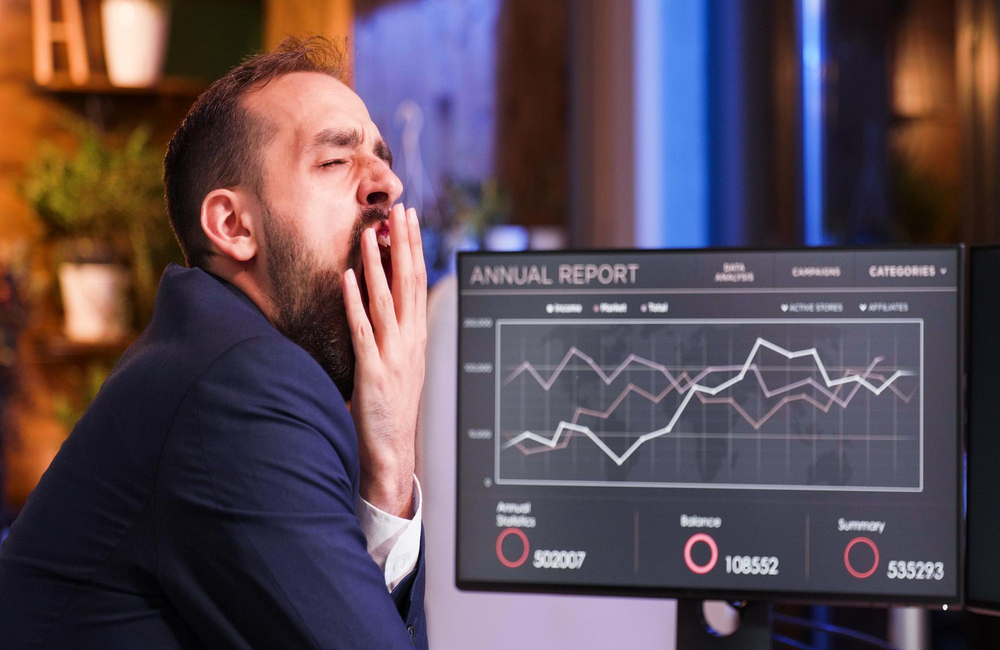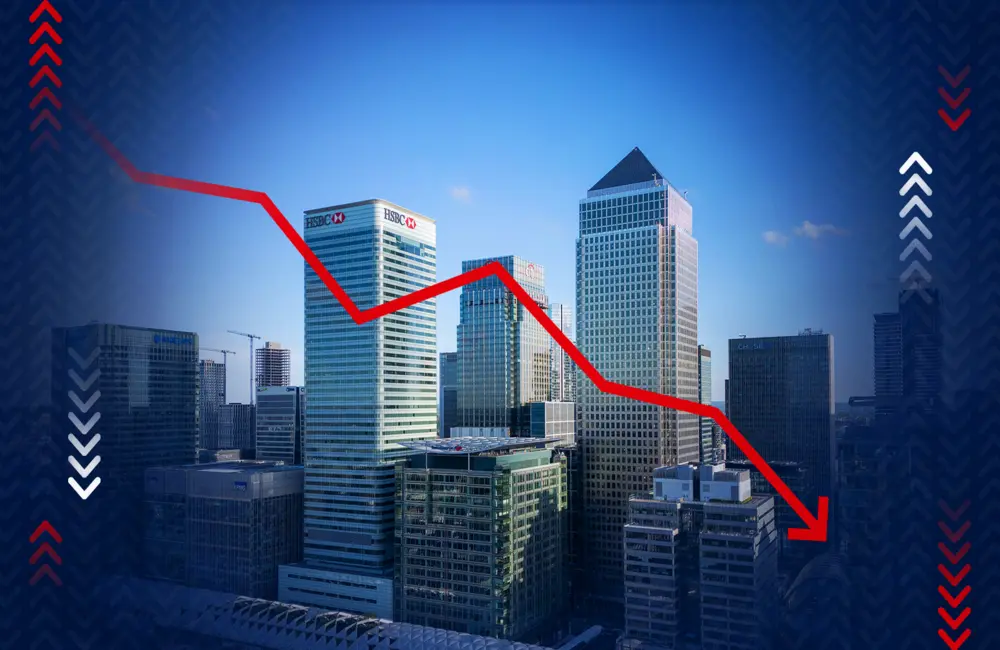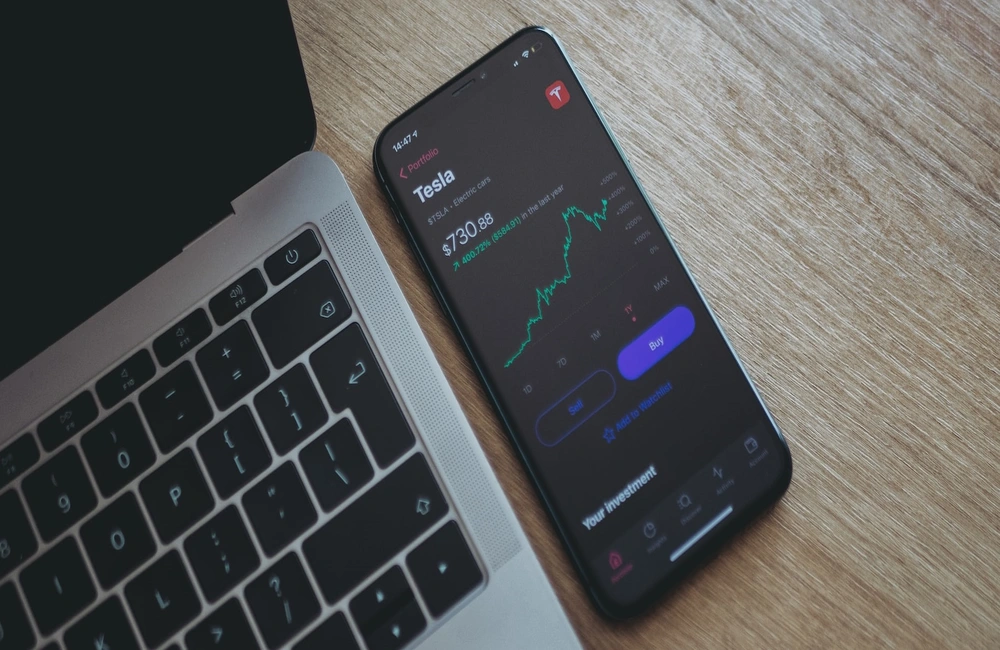Perhaps no market statistic is bigger at the moment than inflation. It dictates consumer spending, company margins, central bank policy and, of particular interest to millions of Australians, mortgage and deposit rates. High inflation and high rates will suppress property prices affecting the asset that houses most Australian wealth: the $10 trillion worth of residential property.
Though there’s increasing hope that inflation will peak in 2022, the European winter ahead is threatening to keep food costs high. We are now learning how foolish was the strategic mistake of France and Germany in relying on gas from Russia, giving Vladimir Putin the money not just to run the war, but to have his finger on the button to switch off a pipeline and hold Europe to ransom. (As The Economist noted on 15 July 2022:
“In Europe we face bitter energy shock that is coming. You might be sizzling on a Mediterranean beach or slow-roasting on the streets of Berlin, but winter is coming, and it will be cold and divisive. The warning signs are bright red as Vladimir Putin tightens the spigot on Russian gas to Europe. The price of gas delivered this winter is €182/mwh ($184/mwh), nearly as high as it was in early March, after Russia had invaded Ukraine, and seven times its long-run average. Governments are getting ready to bail out disabled utilities in France and Germany, and some investors are betting on which industrial companies will be insolvent by the end of the year as rationing looms. Several crises over the past decade have nearly torn Europe apart, including the euro crisis in the early 2010s and the sudden influx of migrants in 2015. The winter energy shock of 2022 might still be among them. Once again, the continent’s unity and resolve will be put to the test.
From don’t pay attention to this to can’t possibly ignore.
Inflation hasn’t really mattered much for many years. In fact the Reserve Bank’s main concern was deflation, and how to force inflation back up into its 2-3% target range.
1. US inflation hit a new record high in June but this is the peak
American consumers got no respite from higher prices, according to the latest US inflation reading. They haven’t, in fact; they’ve been getting worse. And that could lead to even more aggressive interest rate increases by the Federal Reserve, increasing the possibility that the United States economy will be pushed into recession to clamp down on higher prices.
The Consumer Price Index jumped an unexpected 1.3 percent in June, the Bureau of Labor Statistics reported for June. In June, inflation was up 9.1 percent from a year earlier, the largest gain since November 1981.
Futures markets are indicating that the Fed may raise rates by a full percentage point in July. Not since the fed funds rate was first deployed as a policy target under Alan Greenspan in the late 1980s has the Fed raised rates by that level.
2. Why June may have been the peak of inflation
Number 1: Commodity deflation
The best green shoot for a peaking of year-over-year CPI increases is that commodity prices have been collapsing lately, and the market appears to be pricing in big further drops in that end market, the way that it's pricing businesses in those chains. For instance, shares of energy giant Exxon Mobil, agriculture giant Nutrien and mining giant Rio Tinto have all crumbled in recent weeks.
Indeed, the pullback in these critical commodity sectors led Barclays to cut its year-end CPI forecast by 600bp to 5.7%, a stark contrast to the robust high single digit first half prints we have been accustomed to earlier in 2022.
Reason 2: The washing out of supply chain backlogs
And shipping costs are declining, while product times are improving, according to Pantheon Macroeconomics. This is the after-effect of gradual system-fighting backlogs finally kicking in, plus ongoing headwind-lessening from COVID-19, and supply destruction from stronger prices.
Reason three: Falling inflation expectations In bond markets, at least.
The action of the iShares TIPS Bond ETF (TIP) so far this year tells you all you need to know about inflation expectations. Despite the surge in inflation rates this year, it’s been a tough year to date for TIP performance-wise. That's because investors in the bond market do not expect inflation to last and TIP's performance is predicated on the level of inflation (long term inflation) rather than just immediate measures.
Reason 4: Slowing wage growth
While wages are still rising strongly versus history, last month’s 5.1% year-over-year print decelerated from earlier this year and is running 400 basis points below the inflation rate. In other words, not only is current inflation growth unsustainable as it is far too fast relative to workers' incomes, it also indicates that the rate of cost pressures building on businesses is now starting to recede, and that's deflationary too.
Reason 5: Inventory growth
And last but not least, as discussed earlier, the supply chain is only now beginning to catch up with the post-COVID explosion in demand, an overhang that 's still burning off for retailers. In addition, rapidly climbing interest rates raise the cost of financing sales — as credit is used to purchase many goods. One big one is the housing sector, where home builders are being forced to slash prices to move inventory. The same sorts of things are being prophesied for the used car market.
So long as the economy suffers no additional major supply shocks and is able to work off its imbalances, inflation should rest at a more sustainable level in the near future and stay there until new deflationary technological advances can take it still lower.
3. Inflation? We ain't seen nothin' yet
Well, what I’m seeing out of the new data coming out of U.S. government is not good, at all it’s indicating there that American Rates American rate of inflation in American system is approximately 9.1% which is, easily, 40-year-high. And when you look at most of what’s happening in the market and with jobs and with energy and with food, it will be going up.” So let me just check all those off real quick so you know where we’re coming from.
Ongoing food shortages
We are talking fertiliser constraints at a global level. The Chinese are blockading phosphate now, because they need it for rice, the Russians are finding that it’s hard to get their potash out because of the blockage or partial blockage on a rail line that runs through Belarus and in Lithuania toward the Kaliningrad port. And because the price of natural gas is so high, a number of firms, especially in Europe, have stopped producing nitrogen-type fertilisers altogether. So, we have price pressures all three.
Also, the world's largest wheat exporter, Russia, has invaded the world's fourth largest wheat exporter, Ukraine and the Russians are methodically destroying all civilian infrastructure in their path, with a double focus on agricultural infrastructure. And already we’ve lost one of the world’s great agricultural powers. And likely by the end of the year, Ukraine will deteriorate into being a net importer at least for several years.
Demographic changes
On top of that, the Baby Boomers are retiring and the generation succeeding them, which is filling their jobs, is called the Zoomers. The Baby Boomers form the largest generation we’ve had, after all, while the Zoomers are the smallest in calendar year 2022. We're 400,000 workers short already and that number will grow every year between now and at least 2034 when it probably peaks (assuming nothing else happens) at about 900,000.
It’s not going to get better, at least not for a while. And as irritating as that can be, it is so much worse everywhere else. Now the United States may have an over politicized demography (the whole Boomer versus Zoomer thing), but America’s Baby Boomers actually accomplished something that most of other Boomers around the world didn’t. They had kids. Millennials are spending now, and that provides the United States a demographic and economic ballast that most other countries do not have.
The American consumer has around $2 trillion in excess money stashed away from the post Covid period. So we are not seeing significant decreases in retail sales, in overall consumption. Indeed, as the US is now in the middle of summer, people are traveling as much as they can intensifying pressure on everything.
Why does this matter when it comes to inflation?
There remains a profile of consumption in the US which the Federal Reserve knows how to regulate by interest rates. So the Fed’s probably going to another quick rate hike very soon, and at least one or two more before the year is out. However, since the American model includes consumption, we have a policy tool that remains relevant. Europeans don't.
The Europeans don’t really have a Millennial “generation.” If they were to raise rates, it really wouldn’t have any effect on consumption.” So to the extent that they raise rates at all, they’re gonna move more slowly and in smaller quantities and that’s going to be increasing the spread between rates in the United States and rates in Europe and that’s why the Euro is going through the floor.
On the same day that the inflation measures were released, the euro officially slipped below parity, a nasty marker that it hasn’t hit in 20 years. And as much as there's always all sort of fun, crazy stuff going on with currency trades, overall, we really shouldn't be expecting the Euro to bounce back. There's no consumption. Interest rates are the wrong instrument.
Compounding that inflation in Europe, you see, because oil is dollar-denominated, natural gas is dollar-denominated, food is overwhelmingly dollar-denominated, and so are fertilisers, so is iron ore, so is bauxite and so are most of the commodities and most of the finished metals. And now Europeans are not only facing less consumption and lower economic activity and more exposure to Russia. They’re also grappling with a currency-softening environment. All of that they need for modern society has to be imported in someone else’s money and it’s currency that is sky rocking.

























